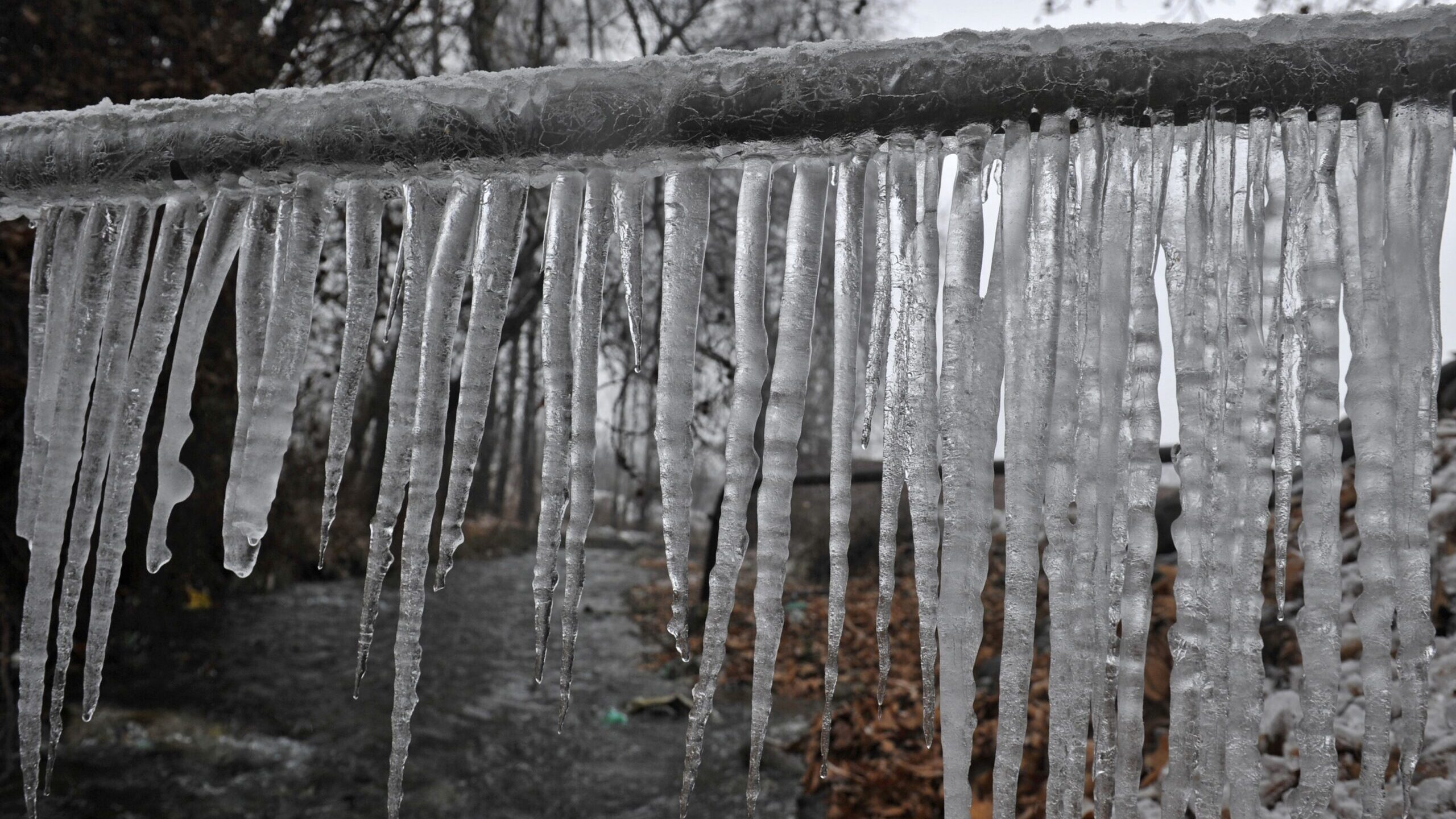Protect Against Frozen Pipes in Winter: Expert Advice
Protect Against Frozen Pipes in Winter: Expert Advice
Blog Article
Everyone has got their own unique piece of advice in relation to How to prepare your home plumbing for winter weather.

Winter can wreak havoc on your plumbing, especially by freezing pipes. Below's just how to avoid it from occurring and what to do if it does.
Introduction
As temperatures drop, the threat of icy pipelines rises, potentially causing costly repair services and water damage. Comprehending how to stop icy pipes is crucial for homeowners in cold environments.
Prevention Tips
Protecting susceptible pipes
Wrap pipes in insulation sleeves or make use of warmth tape to shield them from freezing temperatures. Focus on pipelines in unheated or external locations of the home.
Home heating techniques
Maintain indoor rooms adequately heated, especially areas with pipes. Open cabinet doors to permit warm air to circulate around pipelines under sinks.
Exactly how to determine icy pipelines
Try to find reduced water flow from taps, uncommon smells or sounds from pipelines, and visible frost on exposed pipelines.
Long-Term Solutions
Structural changes
Consider rerouting pipelines far from exterior walls or unheated areas. Include extra insulation to attics, cellars, and crawl spaces.
Updating insulation
Buy high-quality insulation for pipelines, attic rooms, and walls. Appropriate insulation aids maintain constant temperature levels and minimizes the threat of frozen pipes.
Shielding Exterior Plumbing
Garden pipes and outdoor faucets
Disconnect and drain pipes yard pipes before winter season. Mount frost-proof spigots or cover outdoor taps with insulated caps.
Understanding Frozen Pipelines
What causes pipelines to freeze?
Pipelines ice up when exposed to temperatures below 32 ° F (0 ° C) for prolonged periods. As water inside the pipelines freezes, it expands, taxing the pipe walls and potentially creating them to burst.
Threats and damages
Icy pipes can bring about water disturbances, building damage, and costly repair work. Ruptured pipelines can flood homes and cause extensive architectural damage.
Indications of Frozen Water Lines
Determining icy pipelines early can avoid them from bursting.
What to Do If Your Pipes Freeze
Immediate actions to take
If you suspect icy pipelines, keep taps open up to relieve pressure as the ice thaws. Use a hairdryer or towels soaked in warm water to thaw pipelines gradually.
Conclusion
Stopping icy pipelines calls for proactive steps and quick actions. By recognizing the reasons, indicators, and preventive measures, homeowners can protect their pipes throughout winter.
5 Ways to Prevent Frozen Pipes
Drain Outdoor Faucets and Disconnect Hoses
First, close the shut-off valve that controls the flow of water in the pipe to your outdoor faucet. Then, head outside to disconnect and drain your hose and open the outdoor faucet to allow the water to completely drain out of the line. Turn off the faucet when done. Finally, head back to the shut-off valve and drain the remaining water inside the pipe into a bucket or container. Additionally, if you have a home irrigation system, you should consider hiring an expert to clear the system of water each year.
Insulate Pipes
One of the best and most cost-effective methods for preventing frozen water pipes is to wrap your pipes with insulation. This is especially important for areas in your home that aren’t exposed to heat, such as an attic. We suggest using foam sleeves, which can typically be found at your local hardware store.
Keep Heat Running at 65
Your pipes are located inside your walls, and the temperature there is much colder than the rest of the house. To prevent your pipes from freezing, The Insurance Information Institute suggests that you keep your home heated to at least 65 degrees, even when traveling. You may want to invest in smart devices that can keep an eye on the temperature in your home while you’re away.
Leave Water Dripping
Moving water — even a small trickle — can prevent ice from forming inside your pipes. When freezing temps are imminent, start a drip of water from all faucets that serve exposed pipes. Leaving a few faucets running will also help relieve pressure inside the pipes and help prevent a rupture if the water inside freezes.
Open Cupboard Doors
Warm your kitchen and bathroom pipes by opening cupboards and vanities. You should also leave your interior doors ajar to help warm air circulate evenly throughout your home.
:strip_icc()/snow-outdoor-faucet-pipes-4af65d1e5e904fb1aa7bf74071fe5d89.jpg)
As a person who reads about Winter Plumbing Precautions: Preventing Frozen Pipes, I thought sharing that piece of content was beneficial. Feel free to pause to share this entry if you appreciated it. Thanks a bunch for being here. Please visit our site back soon.
Estimate Free Report this page